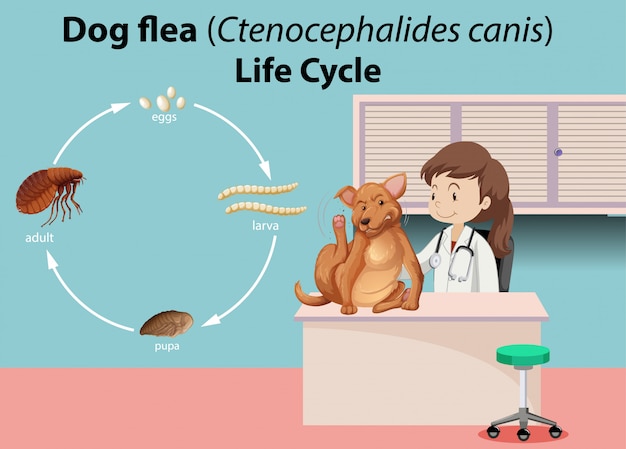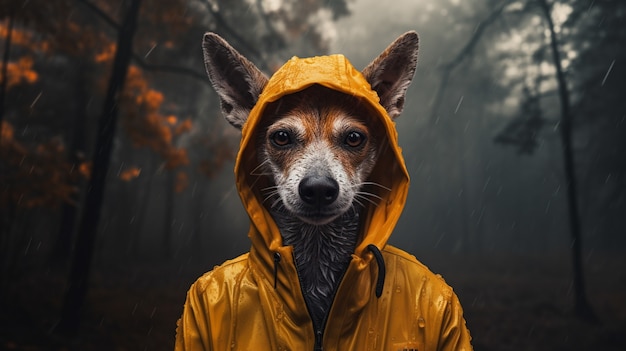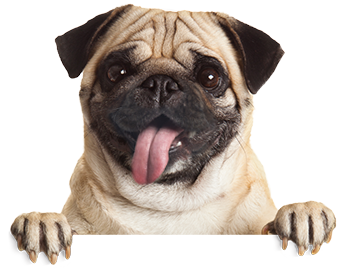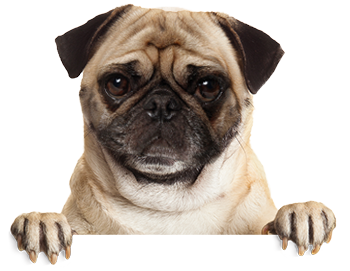Keeping Pets Safe During Summer Storms and Rain
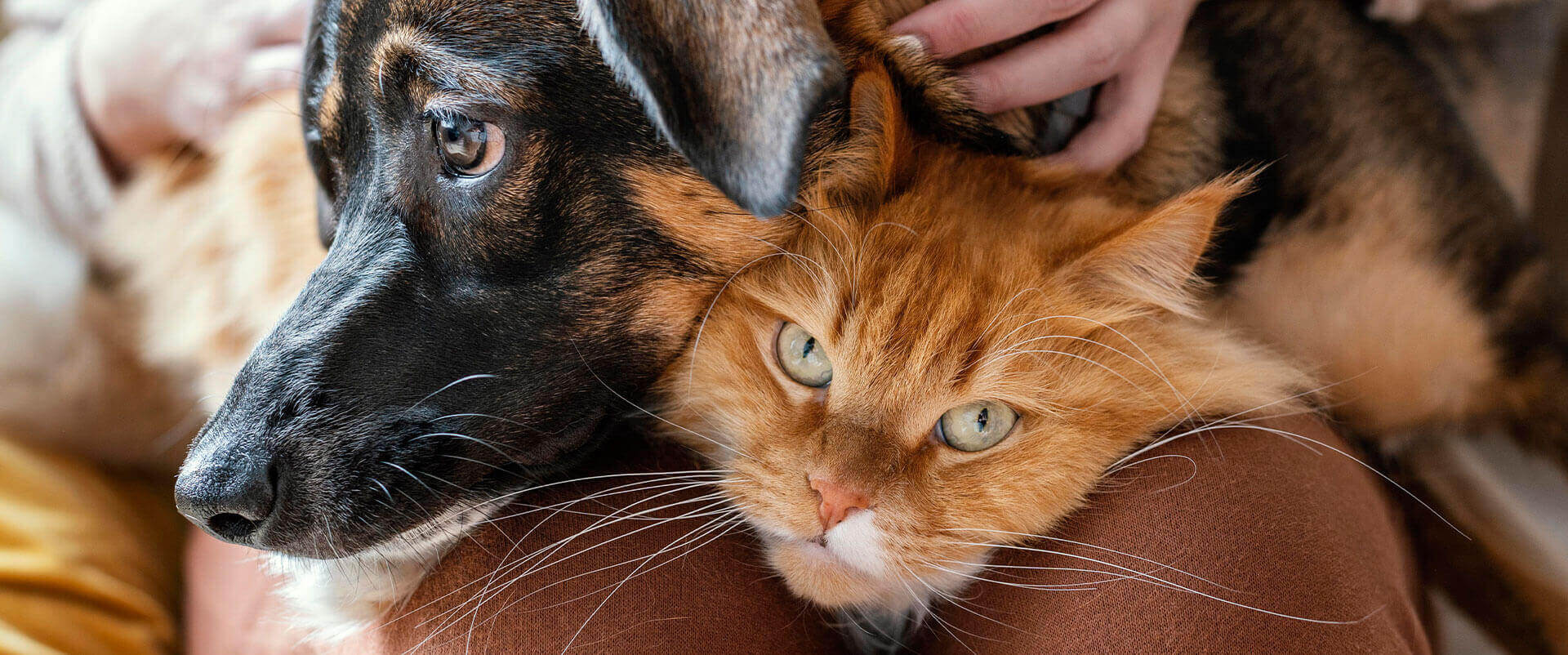
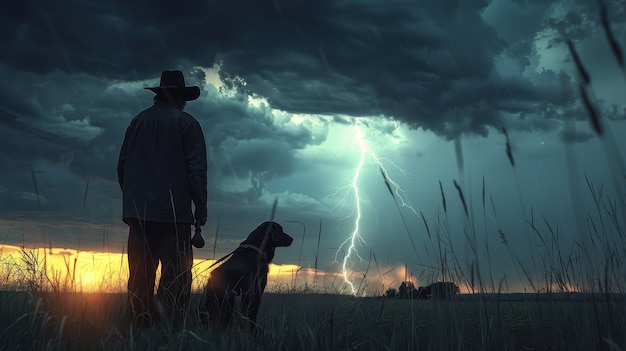
Keeping Pets Safe During Summer Storms and Rain
Summer in Haddon Heights brings not only warm breezes and outdoor fun but also sudden storms and heavy August rains. While we may enjoy watching a summer thunderstorm from the comfort of our homes, the unpredictable weather can create anxiety and even danger for our pets. At Haddon Veterinary Clinic, our veterinarians understand how stressful these storms can be for both you and your furry companions. That is why our clinic at 2 2nd Ave, Haddon Heights, NJ 08035 is committed to helping pet owners in Haddon Heights and surrounding communities keep pets safe and comfortable during unpredictable summer weather.
This resource will guide you through recognizing signs of storm-related stress in pets, understanding why pets react to storms, and sharing practical summer pet care tips you can use to manage anxiety, prevent escapes, and ensure your pet's safety at home. You will also learn when a visit to your local veterinarian is necessary, and how to access comprehensive pet safety services in Haddon Heights. Our team is here to help you schedule an appointment whenever you need extra support, and you can always explore our full range of preventative care services for year-round pet wellness.
Recognizing the Signs: How Storms Affect Your Pet
Pets often sense changes in the weather long before we do, and summer storms can bring about strong emotional responses in both dogs and cats. Storm-related anxiety is fairly common, but knowing what to look for can help you address your pet’s needs swiftly.
Key signs that your pet may be feeling stressed or scared during storms include trembling, hiding behind furniture, pacing restlessly, or seeking excessive reassurance from their humans. Other behaviors to watch for are panting, drooling, whining, barking, crying, or even trying to escape from the house or yard. In some cases, pets may lose interest in food or have accidents indoors despite being normally well-trained.
If you notice your dog or cat acting differently during a storm, such as scratching at doors, pawing at windows, or hiding in closets, these are strong indicators that the weather is affecting them. It is important to remember that each pet will respond in their own way; for example, one dog may bark at every rumble of thunder, while another may simply curl up and refuse to move until the storm passes. Cats may become withdrawn, hide under beds, or vocalize more than usual.
Recognizing these behaviors is the first step in providing comfort and safety. By being attentive to your pet’s reactions, you can tailor your approach and prepare for the next round of unpredictable summer weather.
Understanding the Causes: Why Do Pets Fear Storms?
Many pet owners ask why their usually confident companion becomes so uneasy when dark clouds roll in. The reasons for storm anxiety are complex and can vary between animals, but most stem from a combination of sensory overload and past experiences.
Storms bring a host of unfamiliar sights, sounds, and smells. The booming sound of thunder, flashes of lightning, and sudden changes in barometric pressure can all be overwhelming to a pet’s heightened senses. Dogs and cats hear sounds at frequencies we cannot, so the distant rumble of thunder can sound much louder and closer to them. Static electricity in the air may also cause discomfort, sometimes prompting pets to seek out grounded spaces like bathtubs or tile floors.
For some pets, a single frightening experience during a storm—such as getting caught outside in heavy rain—can create a lasting association between bad weather and fear. Others may be genetically predisposed to anxiety or may have learned to fear storms by observing another animal’s reaction. Breed, age, and individual temperament all play a role in how pets respond to summer weather in Haddon Heights.
Understanding these factors helps pet owners respond with empathy and patience. It is not simply a matter of “bad behavior”; your pet’s anxiety is real and deserves compassionate management.
Supporting Your Pet: Treatment and Management Options
When it comes to managing storm anxiety and keeping pets safe during storms, a combination of professional veterinary guidance and home strategies can make a world of difference. At Haddon Veterinary Clinic, we offer a comprehensive approach to pet safety during storms that begins with a thorough wellness examination. Our veterinarians can assess your pet’s health, review their history of anxiety, and recommend personalized solutions tailored to their needs.
Treatment options may involve behavioral training, where our veterinary team can show you how to reward calm behavior and create positive associations with storms. In some cases, pets benefit from safe spaces in the home—such as a cozy crate or a quiet interior room—where they can feel secure while the storm passes. We often recommend using familiar bedding, favorite toys, or even calming music to help mask the sound of thunder.
For pets with severe anxiety, our veterinarians may suggest supplements, pheromone diffusers, or in select cases, prescription medication designed to reduce stress. We always start with the least invasive solutions and work closely with you to monitor your pet’s progress. Advanced therapies such as acupuncture or laser therapy are also available at our clinic in Haddon Heights, offering natural ways to help some pets relax and feel more comfortable.
It is important to note that all medical interventions should be guided by a veterinary professional. If you are concerned about your pet’s safety or emotional wellbeing, scheduling a consultation with our veterinary team is the best way to develop a safe, effective plan.
Summer Pet Care Tips: Preventing Problems Before They Start
Preparation is key to keeping pets safe during summer storms. By taking proactive steps, you can minimize stress and prevent common dangers like escapes or injuries. One of the first things to remember is to keep your pet indoors when storms are forecasted, even if they are usually comfortable outside. Secure all doors, windows, and pet doors, and double-check that fences or gates are locked to prevent escape attempts.
Creating a safe space for your pet is an effective way to reduce anxiety. Choose a quiet, windowless room or a favorite area of the house where your pet naturally feels calm. Place their bed, a few toys, and water in this area, and consider using a white noise machine or soft music to drown out the sound of thunder. For pets prone to allergies from damp weather or mold, our allergy testing services can help address underlying issues that might be aggravated during stormy months.
Additionally, make sure your pet’s identification tags and microchip information are up to date. It is not uncommon for frightened animals to bolt during a storm, so having current contact information increases the chances of a safe return if your pet does escape. For those who enjoy taking their dog for a walk, try to plan outings before the weather turns or wait until the storm has completely passed.
By practicing these summer pet care tips consistently, you can help your pet feel secure and reduce the risk of storm-related incidents. Remember, your veterinarian in Haddon Heights is always available to answer questions or help you create a customized pet safety plan.
When to Seek Veterinary Care: Knowing When Help Is Needed
While many pets experience mild anxiety during storms, some may display more severe reactions that warrant professional attention. If your pet’s distress is persistent, leads to destructive behavior, or causes them to injure themselves, seeking veterinary care is essential. Warning signs that require immediate attention include excessive panting, nonstop vocalization, self-inflicted wounds from scratching or biting, or attempts to escape that put your pet at risk of harm.
Repeated accidents inside the house, refusal to eat or drink, or dramatic changes in personality after a storm are also reasons to contact your local veterinarian. In rare cases, underlying medical issues may be contributing to your pet’s anxiety, so a complete evaluation is recommended.
Haddon Veterinary Clinic encourages pet owners to schedule an appointment if they are ever in doubt about their pet’s health or wellbeing. Our team can help you explore options for behavioral therapy, medication, or alternative treatments such as acupuncture to support your pet’s comfort. If you feel your pet is experiencing a true emergency or if their symptoms rapidly worsen, it is important to call us right away for guidance and support.
Above all, never hesitate to reach out; our priority is keeping pets safe in Haddon Heights during every season.
Conclusion: Putting Pet Safety First in Haddon Heights
Summer storms can be unpredictable, but your approach to pet safety does not have to be. By recognizing the signs of storm-related stress, understanding the causes, and following practical summer pet care tips, you can make a big difference in your pet’s comfort and security. At Haddon Veterinary Clinic, we are here to help you every step of the way—from preventive advice to advanced treatments like laser therapy for pets—so your companion can weather any storm with confidence.
If you have questions about pet safety during storms, want to discuss your pet’s anxiety, or are interested in comprehensive pet safety services in Haddon Heights, please schedule an appointment with our veterinary professionals. Our team is dedicated to providing compassionate, progressive care, and we invite you to call (856) 263-2888 or visit our practice at 2 2nd Ave, Haddon Heights, NJ 08035.
Choosing the best veterinarian near me means trusting local experts who understand the unique needs of pets in Haddon Heights and surrounding communities. Let us help you keep your pet safe, healthy, and happy all summer long.
For more seasonal advice and summer pet care tips, explore our veterinary blog or reach out to our team today.
This blog is intended for informational purposes only and should not replace professional veterinary care. If you have concerns about your pet’s health, please consult your veterinarian.

.png)

